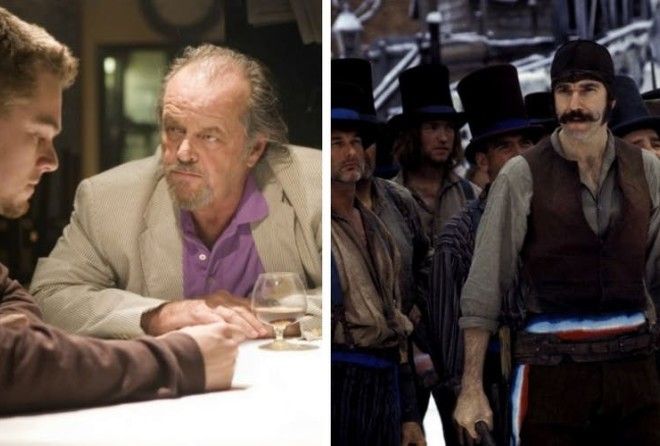While the Irish mob has seen a decrease in power over the years, they are still very much involved in the country’s illegal drug trafficking activities, particularly in the New England area. Members also have relationships with other gangs, such as the Italian mafia and the Hells Angels motorcycle gang. They might be operating on a smaller scale, but they still contribute to the global epidemic of gang activity that will not soon be abolished.
From gang rules to illegal practices, the glamour and the gore, these gangsters prove that life within the Irish mob is not your run-of-the-mill existence. We have all the dirt on their past, their present and their most powerful players.
15. It All Started With The Dead Rabbits

The Dead Rabbits were the founding Irish-American gang in New York City, with their foundation stemming back to the 1830s. Their founder and leader, John Morrissey, was politically active; he was a Democratic State Senator and member of the U.S House of Representatives who advocated on behalf of Irish-Catholic Americans. Their rival gang, the Bowery Boys, would fight them in over 200 gang battles within a particularly violent 10 year span, starting in 1834. The street fights would often end in major rioting, two of which were huge battles during the American Civil War. Although the roots of these street gangs stemmed in politics, the gangsters were involved in other criminal activities, as well. Robbery, murder, and arson were common offences.
14. The White Hand Gang Allied Against The Italians

The White Hand Gang emerged in Brooklyn in the early 1900s was response to a growing Italian mafia presence. Their name was specifically chosen to provoke the Sicilian Black Hand gang, and definitely had some racist implications. The Irish-Americans did not see themselves as immigrants, and were notoriously anti-Italian. Although the Irish put up a good fight, the Italians were more numerous and more organized. In 1921, Al Capone was forced to leave New York City after an altercation with a member of the White Hand Gang. With very poorly organized leadership, the White Hand Gang was no match for the Italians, and slowly, the gang disbanded. By 1925, there was nothing left of the gang, and the Italian mafia took full control of the NYC limits.
13. The Westies
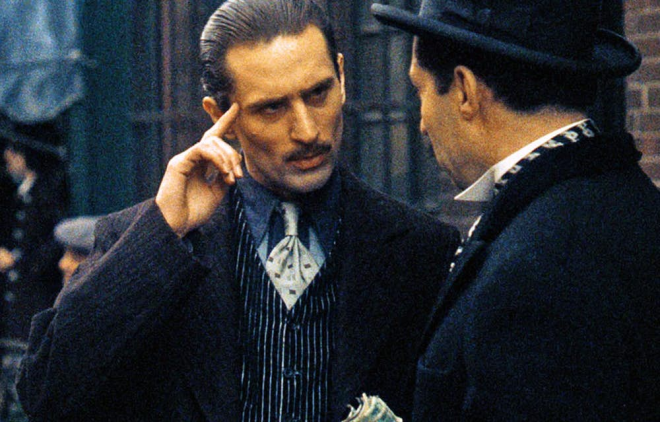
In the 1960s, a new generation of Irish-American mobsters emerged on the scene in the Hell’s Kitchen borough of New York City. This time, they allied themselves with the Italian Mafia, and kept their membership to under 20 members at all times. Despite the small size of their organization, the gang, led by James Coonan, wreaked havoc on the streets of NYC through 1988, when they ceased to be. In the short period that they were active, they claimed responsibility for close to 100 murders. Although the Westies tried to keep on good terms with the Italian mob, they soon ran into trouble with the Genovese family, which would lead to the Great Irish/Italian war in the 1970s. The group broke down when almost all members were taken into custody in the ’80s, and given long prison sentences for their crimes.
12. The West End Gang
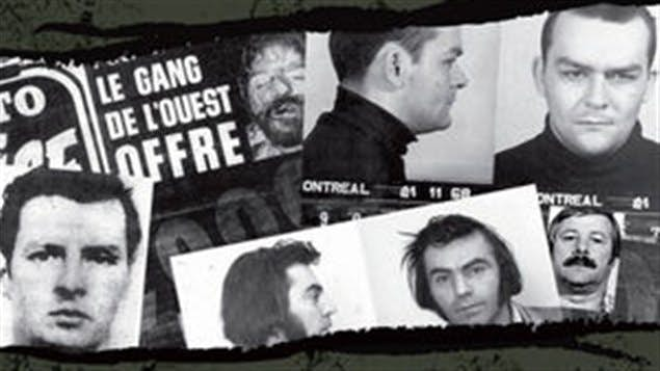
In the past few decades, the largest concentration of Irish mobsters could be found in the hubs of New York City, Chicago, Philadelphia, and Boston. While the U.S. is bustling with activity, there is another very relevant chapter of the Irish mob active in Montreal, Canada. The West End Gang is one of the most influential, albeit small, criminal gangs in Canada. They are key players in the drug importation, as Montreal is an important port of transit to and from Europe, South America, and the United States. Powerful ties to the Montreal Italian mafia, as well as motorcycle gang the Hell’s Angels, and other street gangs have kept them well-protected from legal consequences. The gang has an estimated 150 members, primarily made up of Irish descendants and some French Canadians.
11. There Is A Brewing Company Named After The Gang
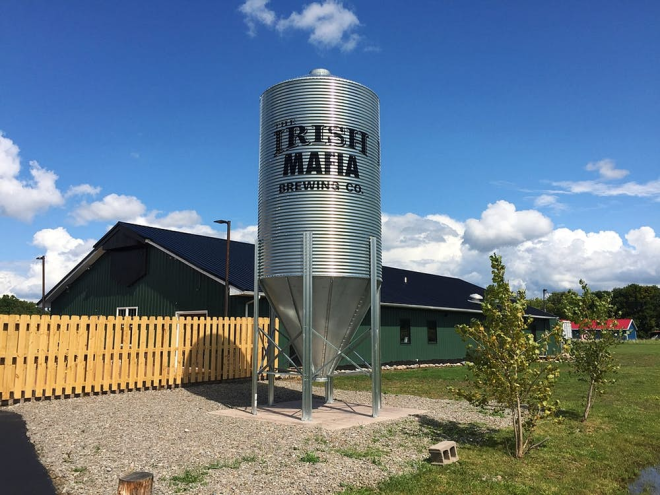
These days, the Irish mafia have acquired a cool reputation amongst teens and young adults. Due to their representation in popular TV shows and movies, the Irish mob is seen as the coolest and toughest of the bad guys. So much so, that a New York brewery has used them as their inspiration for marketing their craft beers. The Irish Mafia Brewery Company. Operated by Mark Mansfield, a 47-year-old of Irish heritage, this Bloomfield company also offers a full-range menu of snacks and meals to go with their craft beers. Mansfield claims that he came up with the name as he was looking for a way to pay hommage to his heritage. The beer names are equally Irish-strong, with options like the Mighty Ego, Devoted, and Irish Loyal. No news on what the actual Irish mobsters think of this!
10. Representation In Pop Culture
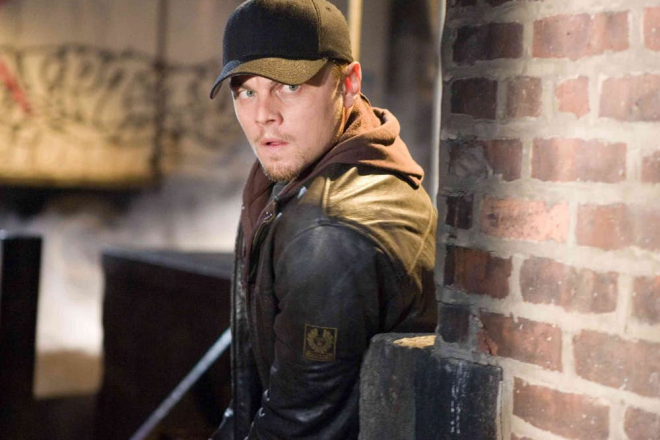
Despite being a relatively small group, the Irish Mob sure have no shortage of films representing their gang. Over the years, some fantastic films have been released that deal with the naughty Irish. Among them include The Departed, The Boondock Saints, A History of Violence, and of course, Gangs of New York. The truth is, viewers love a good mafia film and the Italian mobsters are not the only ones with a voice! Not to mention, a ton of famous actors have Irish-American roots, so these films hit close to home for many. Ben Affleck, Mark Wahlberg, Johnny Depp, and Alec Baldwin all have Irish ancestry, among many others. Hit TV show Sons of Anarchy devoted an entire season to a gang war with rival Irish motorcycle members.
9. They Were Expert Bootleggers
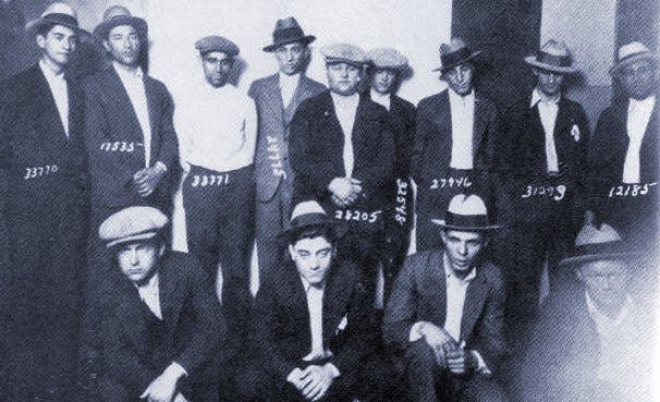
The Irish mob were at their peak operating capacity during Prohibition. In many American cities, but primarily in Chicago, the Irish were producing and distributing booze illegally. Their relationships with various other groups and mobsters gave them insider information that allowed them to hijack deliveries and rise to the top of the bootlegging business. Various Irish groups, namely the North Side Gang and the O’Donnell Brothers, were in strict competition with Al Capone and his men to take total control over the trade. If you’ve seen Boardwalk Empire, you know that it didn’t work out too well for the Irish! In the end, the Italians would rise up to the top of the bootlegging empire, taking out dozens and dozens of Irish mobsters on their journey to the top.
8. The Irish Mob Isn’t As Active In Ireland
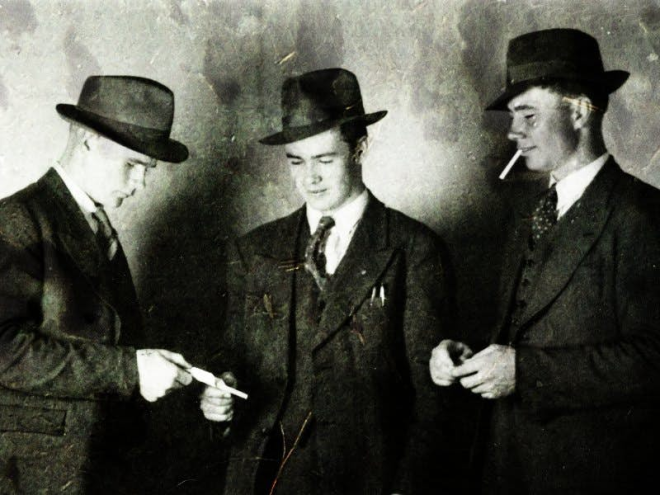
Although it would seem logical that the Irish Mafia would exist in Ireland, they only became active in the mother country in the 1960s, more than a century after they originally emerged in America. Before this time, violent crimes were actually quite rare in Dublin, and in other areas of Ireland. With the emergence of a new type of gang violence, stemming from members of the IRA and Saor Eire working together, the rise of crime was significant. The famed Dunne family would get involved in the drug trade in the 1980s, while a heroin epidemic swept the country. When the Dunne family were killed off and incarcerated, a second drug kingpin, by the name of John Gilligan, took center stage. These days, different Irish cities are run by different groups, and it’s not always peaceful relationships between them.
7. The Limerick Feud Caused Havoc
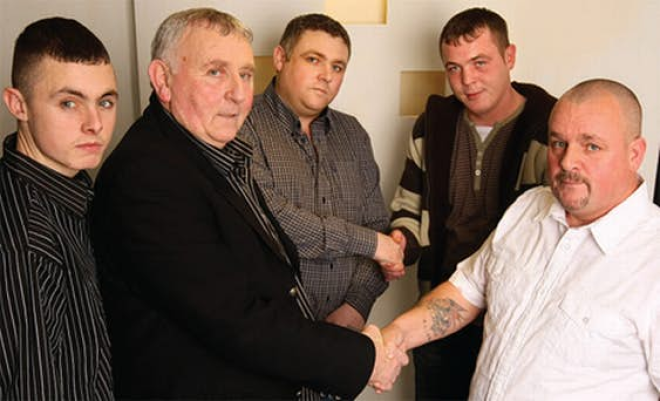
In the 1990s, Limerick’s most notable criminal family were the Keanes. Allied with another group of gangsters named Collopy, the two families went to war with their enemies, The Ryans, who were trying to seize control of the drug trade in Limerick. Leader of the Ryan gang, Eddie Ryan, tried to take out the leader of the Keane’s, which provoked the ensuing Limerick feud. Eddie Ryan was subsequently killed by the Keane’s in an act of revenge, which angered the McCarthy-Dundon gang, who had recently formed and had planned to take out both families and rise to the top. Over 20 people were killed, and close to 100 arrested during the subsequent war. By 2008, Limerick was named the city with the highest murder rate in Europe, although that quickly changed. Nowadays, Limerick is controlled by Keane-Collopy and McCarthy-Dundon on different sides of town, though their involvement in crime has significantly lowered.
6. Many Irish Mobsters Worked For The Italians
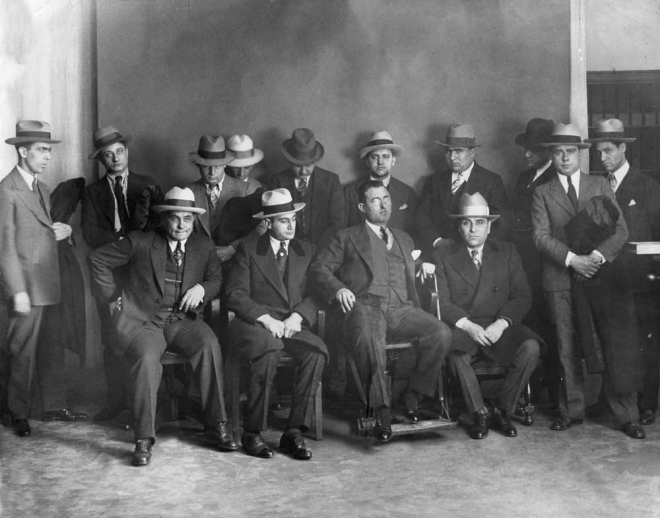
Perhaps one of the reasons that the Irish were never able to rise up against the Italian mafia was due to their lower membership numbers. The Italians far outnumbered the Irish, were more organized, and had a larger national territory coverage. In fact, many Irish-American gangsters chose to ally themselves with the Italians, and acted as racketeers, bootleggers and hitmen for the Italian mob. One such case was Frank “The Irishman” Sheeran, a WWII veteran who returned to Philadelphia and took on some extracurricular work. He was a hitman for the Bufalino crime family, and was allegedly mentored by Russell Bufalino, who played a very patriarchal role in Frank’s life. He claimed to have killed Teamster frontman Jimmy Hoffa, but that has never been proven.
5. The Winter Hill Gang Are Still Dominant In Boston

The Winter Hill Gang are one of the Irish-American gangs operating in Boston, Massachusetts. They were founded by James “Buddy” McLean in 1950, but had their heyday in the late ’70s and early ’80s under the rule of famed mobster Whitey Bulger. Their main activities were rigging horse races and shipping illegal weapons overseas to the IRA. With hard-headed criminals making up the group, they were seen as a huge criminal threat in 1979, when 21 members were stopped and indicted by federal prosecutors. In the 1980s, the gang managed to avoid too much legal trouble, but by 1998, Whitey Bulger and Steve Flemmi were revealed as FBI informants, and many members were once again indicted. Whitey Bulger is now 88 years old and serving out two life sentences, but the gang continues to operate in the Boston area under different leadership.
4. They Have Unwritten Rules
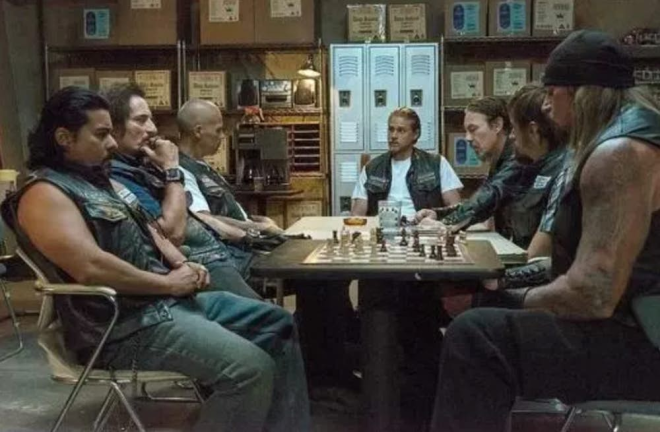
Like any criminal gang, the Irish mafia operate under a set of unwritten rules. Similar to the Italian mafia’s “ten commandments” the Irish have few rules, but they are very strictly enforced. Not following the rules can get members into some pretty serious trouble, sometimes fatal trouble. At the top of the list is the rule that a member should never rat out another member. Talking to police officers or other members of the judicial system is highly discouraged. Getting involved with a fellow member’s girlfriend, wife or daughter is also one of the biggest offenses within the gang. This can most certainly get you blacklisted, beaten, or worse. The bottom line is that it’s very wise to follow the rules, if you don’t want to get yourself into some very hot water.
3. The Charlestown Mob Was Once Dominant In Boston
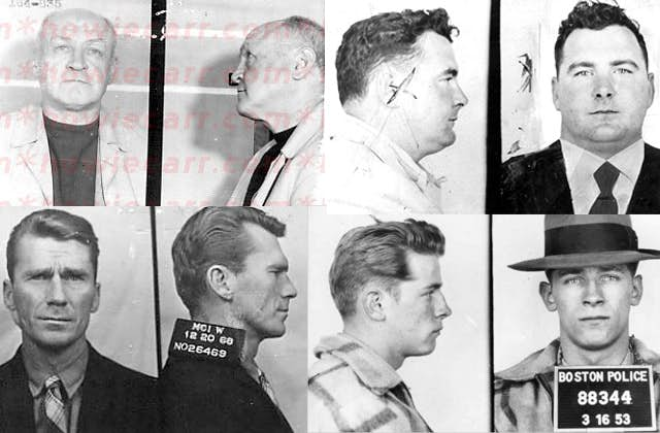
Before the Winter Hill Gang took over most of the city, there was another group of Irish mobsters that operated in Boston, called the Charlestown Mob. This group of gangsters was led by Bernie McLaughlin and didn’t survive the Irish Gang Wars of the 1960s. Although they had quite a large membership (close to 50 people) many of these would end up dead or imprisoned after going head to head with the Winter Hill Gang. The war allegedly began when a member of the Charlestown Mob tried to hit on the girlfriend of a White Hill member. As the unwritten rules point out, this is a huge no-no within your own gang, and almost a guaranteed death sentence if the woman in question is part of a rival gang. The only members who survived the war were the ones who had been imprisoned at the time, and these were generally able to side with the Winter Hill Gang once released.
2. Wild Jimmy Dominated The Philadelphia Waterfront in the 1850s
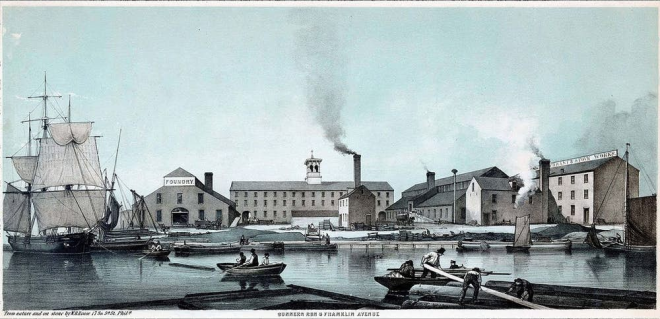
Gang activity was extremely high in Philadelphia in the 19th century. During a roughly 50 year period starting in 1836, almost 70 gangs were in operations along the waterfront. Most of the crimes associated with the gangs were burglaries and large-scale thefts. They also partook in illegal street fighting and bank robberies. Jimmy Haggerty, known as Wild Jimmy, was one of Pennsylvania’s most notorious criminals, and spent quite a bit of time in jail. He was well-known for his anti-authority stance; he killed police officers point blank, and escaped from prison on more than one occasion. After having pushed his luck one too many times in Philadelphia, he went to New York City, where he would live only two years before being killed in a bar fight by Bowery Boy member Reddy The Blacksmith.
1. Veronica Guerin Was A Reporter Taken Out By The Mob
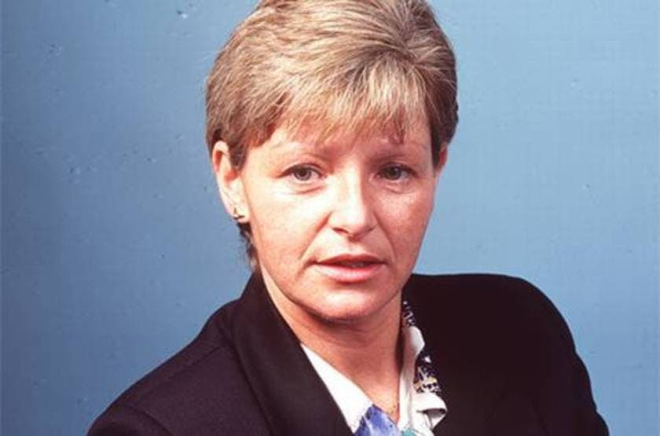
Veronica Guerin was a crime reporter working in Dublin who had a particular passion for investigating the Irish mob. Her investigation led her to the streets, where she often went undercover to get an insider’s view into the criminal underground. Well-known Dublin criminal John Traynor was one of her subjects, and she intended to publish a book about his involvement in the Irish mob. Sadly, Traynor did not approve of this and hired a hitman to shoot Guerin in the leg. John Gilligan also uttered many death threats, including threats to harm her son. In 1996, Guerin was stopped at a red traffic light when she was fatally shot in her vehicle. Although some of the involved parties escaped the authorities, many people were charged with planning and executing her murder.
